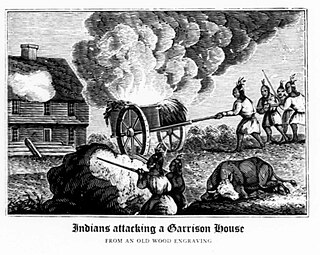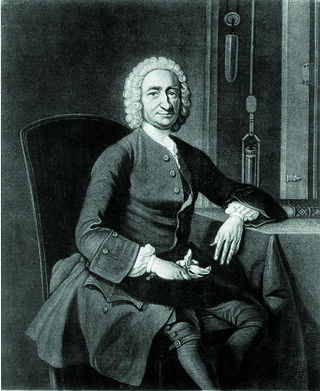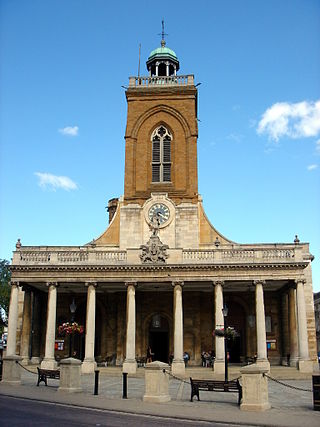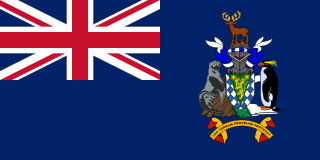Related Research Articles

Astronomer Royal is a senior post in the Royal Households of the United Kingdom. There are two officers, the senior being the astronomer royal dating from 22 June 1675; the junior is the astronomer royal for Scotland dating from 1834.

1742 (MDCCXLII) was a common year starting on Monday of the Gregorian calendar and a common year starting on Friday of the Julian calendar, the 1742nd year of the Common Era (CE) and Anno Domini (AD) designations, the 742nd year of the 2nd millennium, the 42nd year of the 18th century, and the 3rd year of the 1740s decade. As of the start of 1742, the Gregorian calendar was 11 days ahead of the Julian calendar, which remained in localized use until 1923.
The 1670s decade ran from January 1, 1670, to December 31, 1679.

1675 (MDCLXXV) was a common year starting on Tuesday of the Gregorian calendar and a common year starting on Friday of the Julian calendar, the 1675th year of the Common Era (CE) and Anno Domini (AD) designations, the 675th year of the 2nd millennium, the 75th year of the 17th century, and the 6th year of the 1670s decade. As of the start of 1675, the Gregorian calendar was 10 days ahead of the Julian calendar, which remained in localized use until 1923.

John Flamsteed was an English astronomer and the first Astronomer Royal. His main achievements were the preparation of a 3,000-star catalogue, Catalogus Britannicus, and a star atlas called Atlas Coelestis, both published posthumously. He also made the first recorded observations of Uranus, although he mistakenly catalogued it as a star, and he laid the foundation stone for the Royal Greenwich Observatory.
The year 1675 in science and technology involved some significant events.

George Graham, FRS was an English clockmaker, inventor, and geophysicist, and a Fellow of the Royal Society.

All Saints' Church, Northampton is a Church of England parish church in the centre of Northampton. The current church was largely built after a fire and was consecrated in 1680. It is a Grade I listed building.

The history of South Georgia and the South Sandwich Islands is relatively recent. When European explorers discovered the islands, they were uninhabited, and their hostile climate, mountainous terrain, and remoteness made subsequent settlement difficult. Due to these conditions, human activity in the islands has largely consisted of sealing, whaling, and scientific surveys and research, interrupted by World War II and the Falklands War.
Events from the year 1891 in the United Kingdom.
1666 in England was the first year to be designated as an Annus mirabilis, in John Dryden's 1667 poem, which celebrated England's failure to be beaten either by fire or by the Dutch.
Events from the year 1808 in the United Kingdom.
Events from the year 1810 in the United Kingdom.
Events from the year 1690 in England.
Events from the year 1674 in England.

Captain Anthony de la Roché was a 17th-century English maritime explorer and merchant, born in London to a French Huguenot father and an English mother, who took part in a joint enterprise established by English and Dutch shipowners in the Spanish port city of Cádiz in order to engage in the lucrative New World trade. During a commercial voyage between Europe and South America he was blown off course in Drake Passage and visited the island of South Georgia in 1675, making the first discovery of land in the Antarctic. In doing so he crossed the Antarctic Convergence, a natural boundary of the Antarctic region that would be described a quarter of a century later by the English scientist Edmund Halley.
Events from the year 1742 in Great Britain.
Events from the year 1657 in England.
Events from the 1600s in England. This decade marks the end of the Elizabethan era with the beginning of the Jacobean era and the Stuart period.
Events from the 1610s in England.
References
- 1 2 3 4 Palmer, Alan; Palmer, Veronica (1992). The Chronology of British History. London: Century Ltd. pp. 191–192. ISBN 0-7126-5616-2.
- ↑ Willmoth, Frances (2004). "Flamsteed, John (1646–1719)". Oxford Dictionary of National Biography . Oxford University Press. Retrieved 2011-02-04.(subscription or UK public library membership required)
- ↑ "HMY Mary". Coflein. Royal Commission on the Ancient and Historical Monuments of Wales.
- 1 2 Penguin Pocket On This Day. Penguin Reference Library. 2006. ISBN 0-14-102715-0.
- ↑ Headland, Robert (1992). The Island of South Georgia (2nd ed.). Cambridge University Press. ISBN 0-521-42474-7.
- ↑ de Seixas y Lovera, Francisco (1690). Descripcion geographica, y derrotero de la region austral Magallanica. Madrid: Antonio de Zafra.
- ↑ Wace, N. M. (1969). "The discovery, exploitation and settlement of the Tristan da Cunha Islands". Proceedings of the Royal Geographical Society of Australasia (South Australian Branch). 10: 11–40.
- ↑ "The Fire of Northampton in September 20th 1675". Fire Northampton. Archived from the original on 2010-10-22. Retrieved 2011-02-04.
- ↑ "The rise and fall of English coffee houses". Archived from the original on 2008-03-25. Retrieved 2007-12-28.